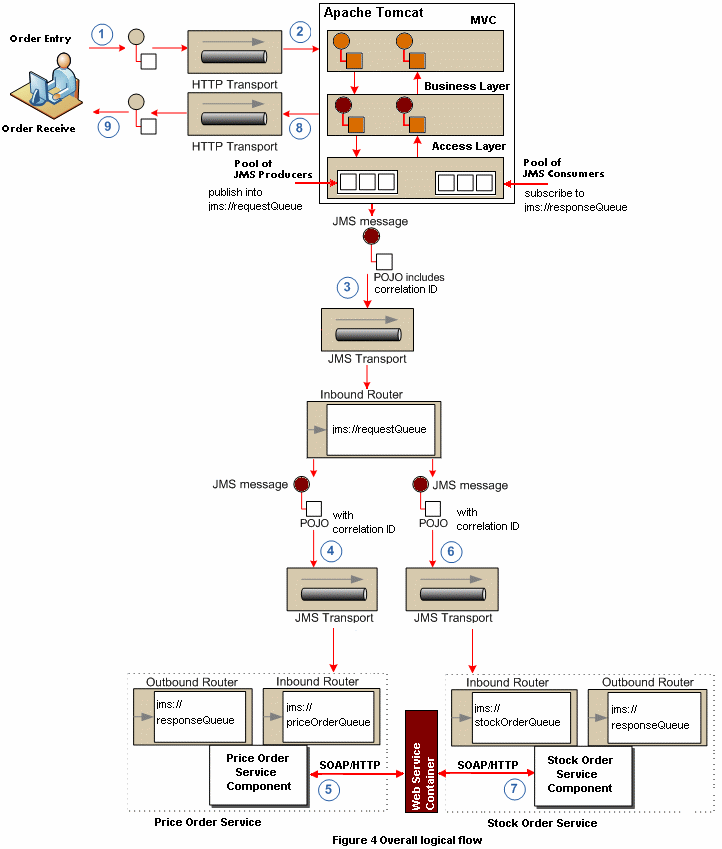- 16th Annual Meeting of International Software Engineering Research Network ISERN, Oct 6th-7th
- 6th International Advanced School of Empirical Software Engineering. IASESE, Oct 8th
- 3rd International Doctoral Symposium on Empirical Software Engineering IDoESE, Oct 8th
- 2nd International Symposium on Empirical Software Engineering and Measurement. ESEM, Oct 9th-Oct 10th
- aggregation opportunities from experimental results,
- application of Empirical Software Engineering to Software Architecture
- discussion of an Empirical Research roadmap and associated key task within a time range up to 2010
- application opportunities of empirical investigations using simulation.
Paper Presentation
Abstract: Studying the effectiveness of scenario development meetings in the software architecture process is important to improve meeting effectiveness. This paper reports initial findings from analyzing the data collected in a controlled experiment aimed at studying the effectiveness of meetings in terms of gained and lost scenarios of individuals, real and nominal (non-communicating) teams. Our findings question the effectiveness of holding meetings since more important scenarios were lost than gained in these meetings. In the study nominal teams performed better than individuals and real teams.
The slides of our presentation are available for download.
Key Note Talks
- Using empirical methods to improve industrial technology transfer. (Harald Hoenninger, Vice President Corporate Research, Robert Bosch GmbH, Germany).
- Empirical Challenges in Ultra Large Scale Systems (Mary Shaw, Institute for Software Research, Carnegie Mellon University (USA)
Abstracts of the key notes are available for download.
Dietmar Winkler (edited by Alexander Schatten)
